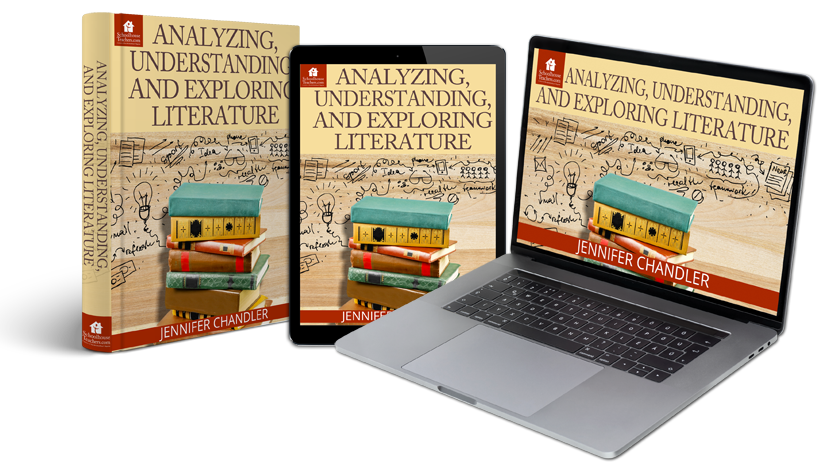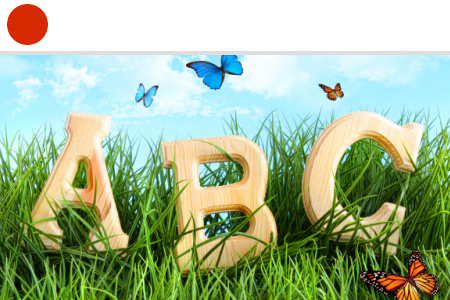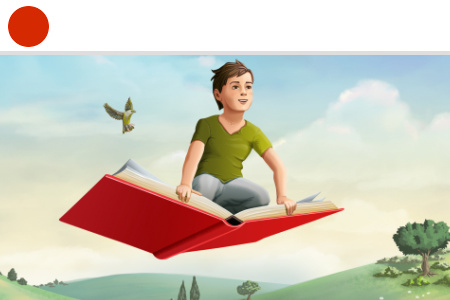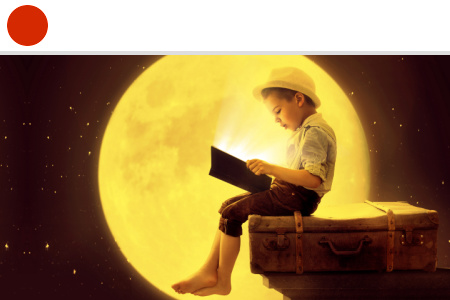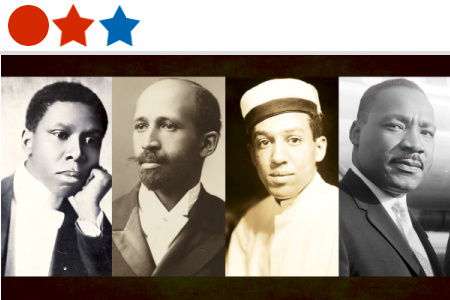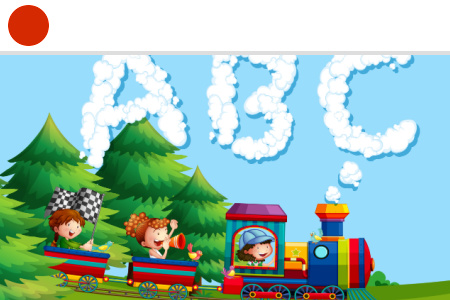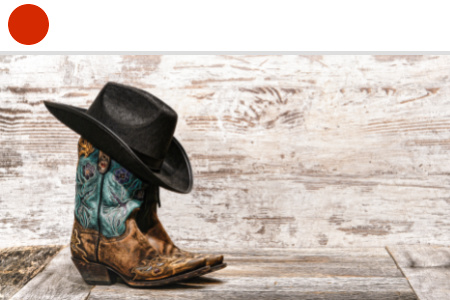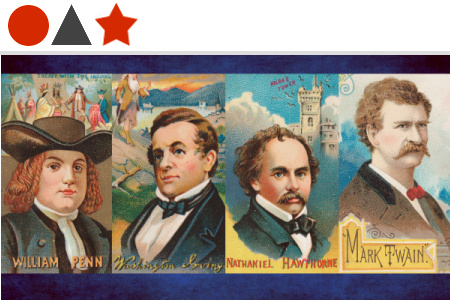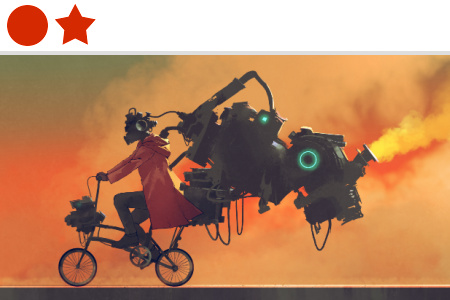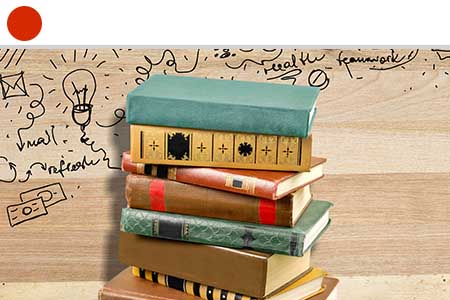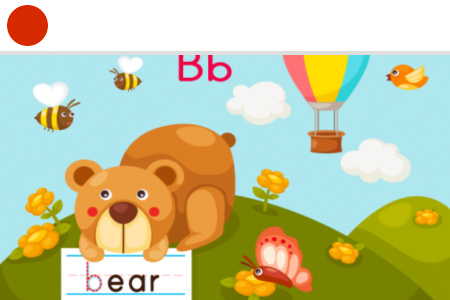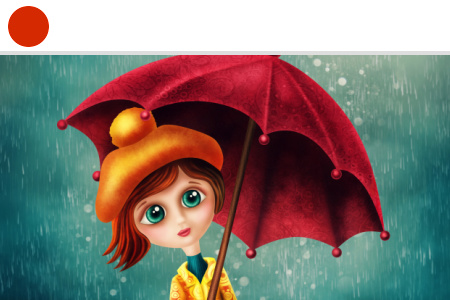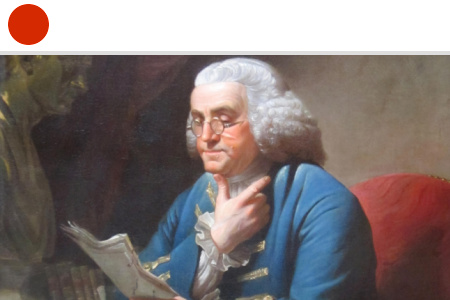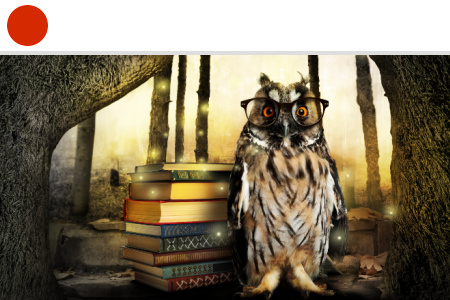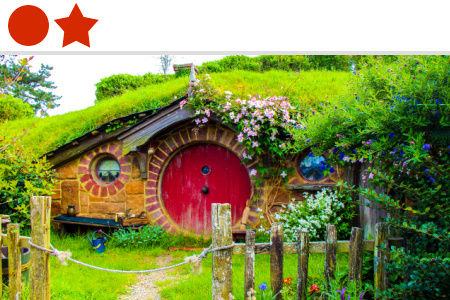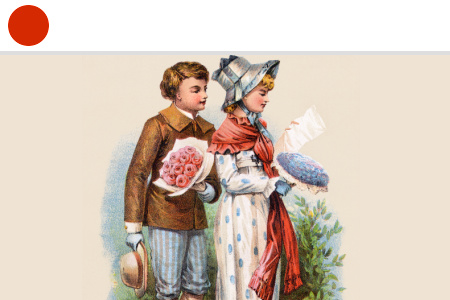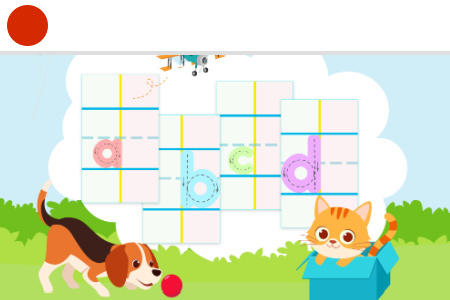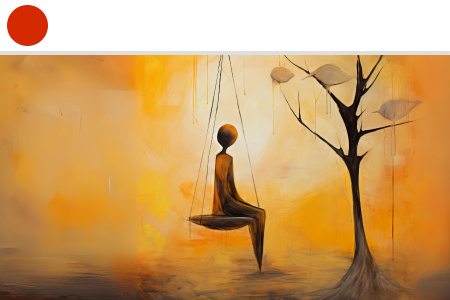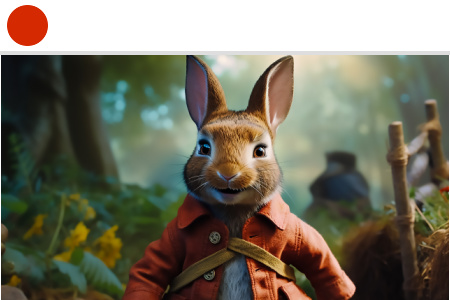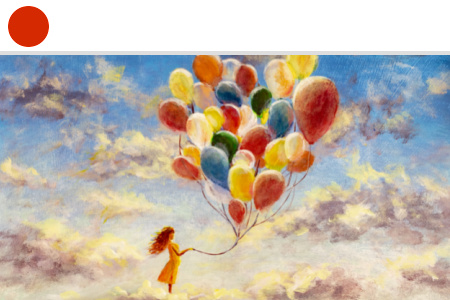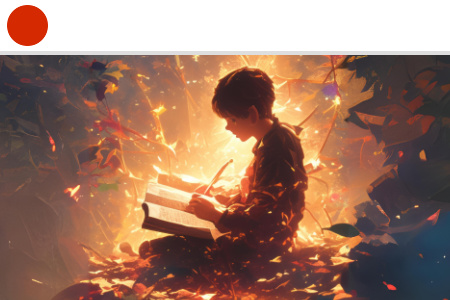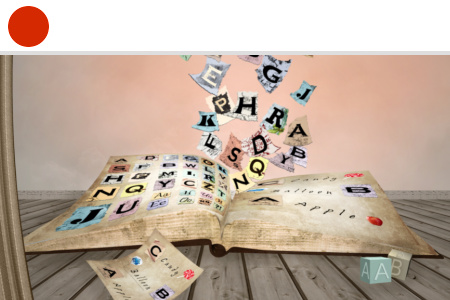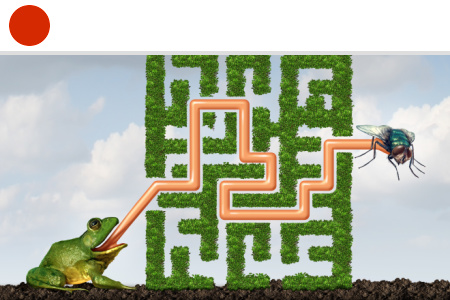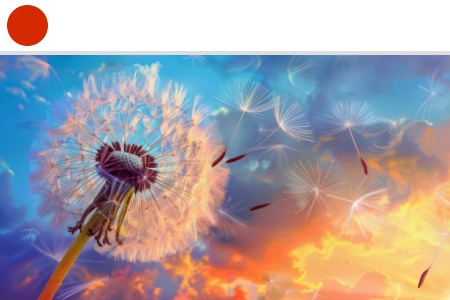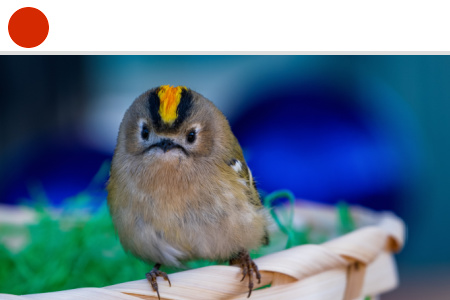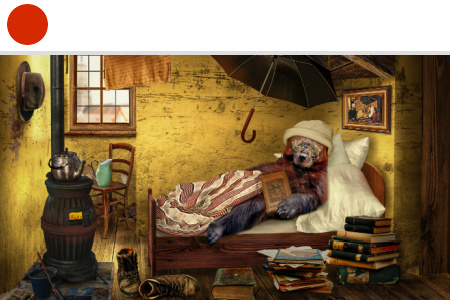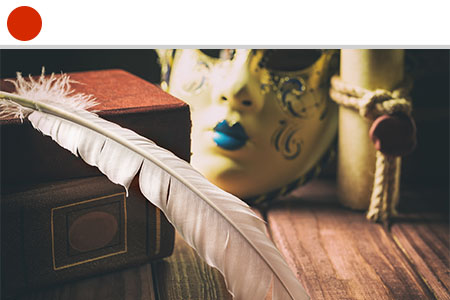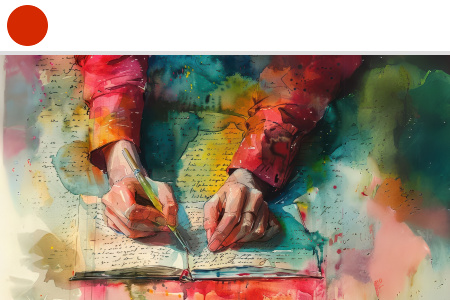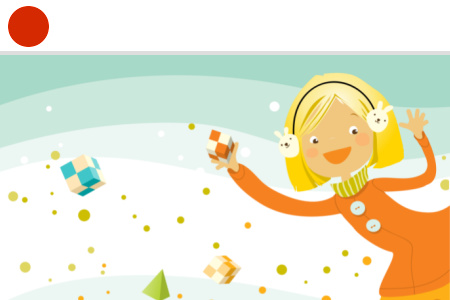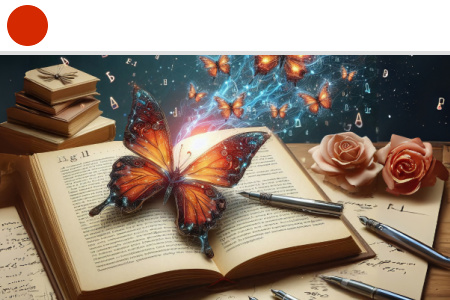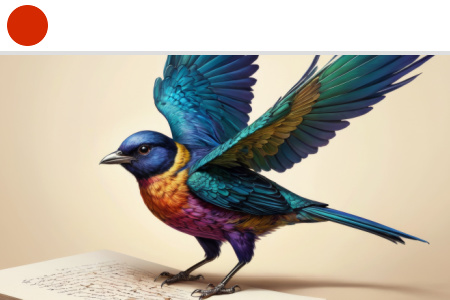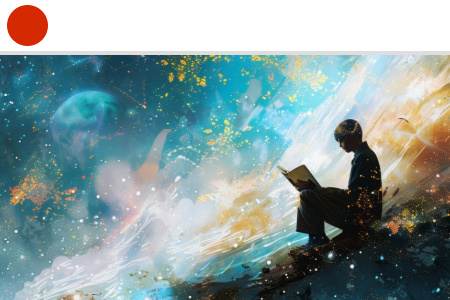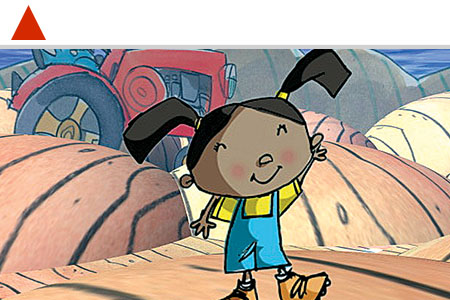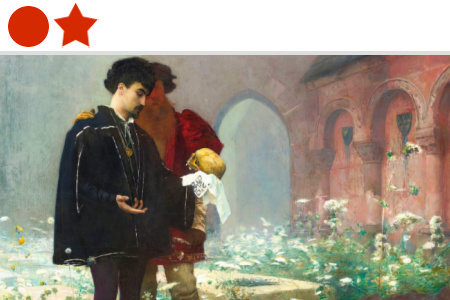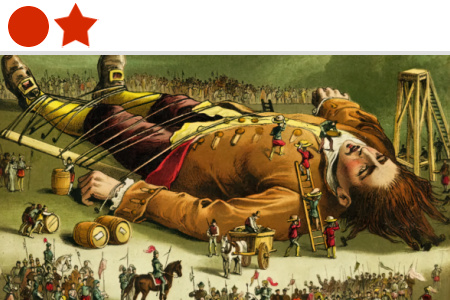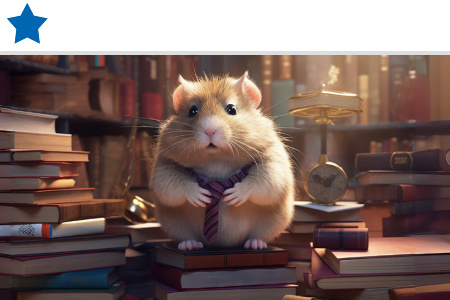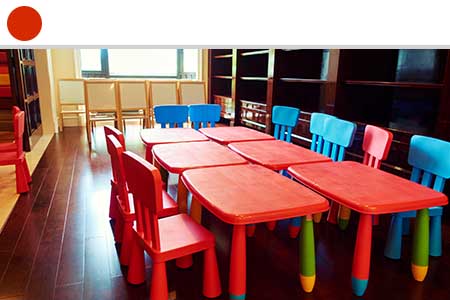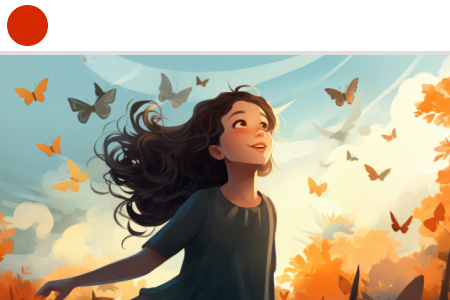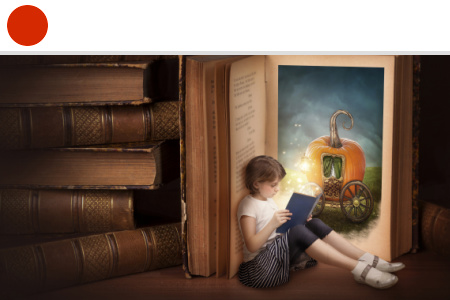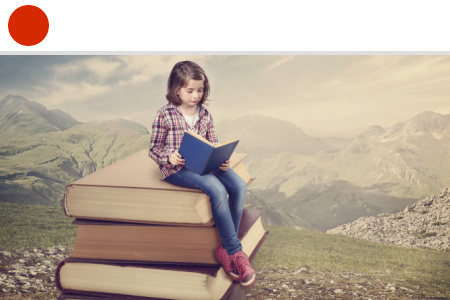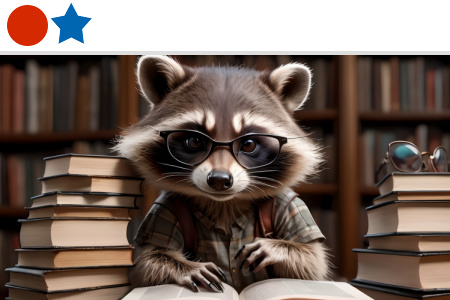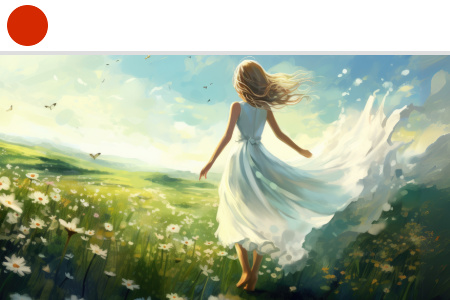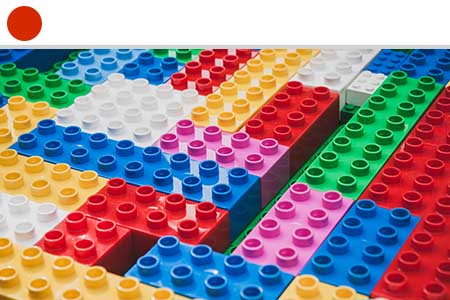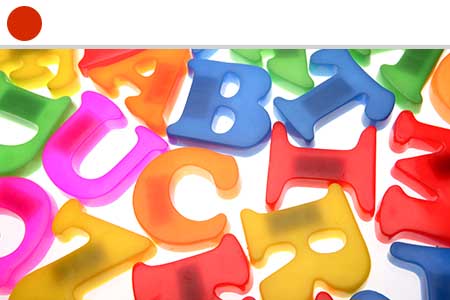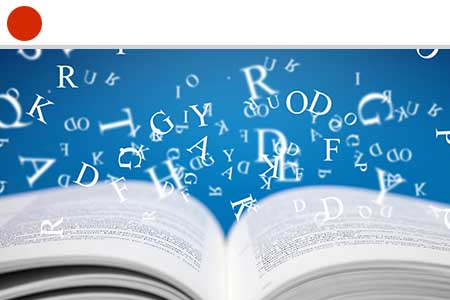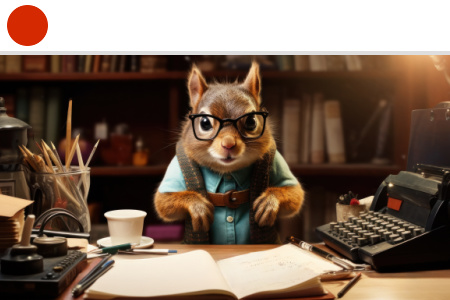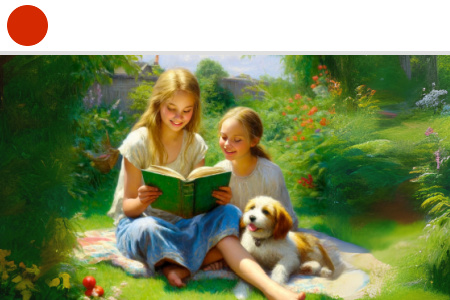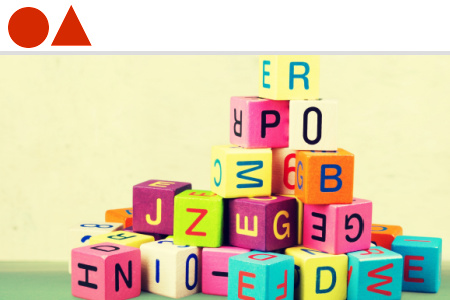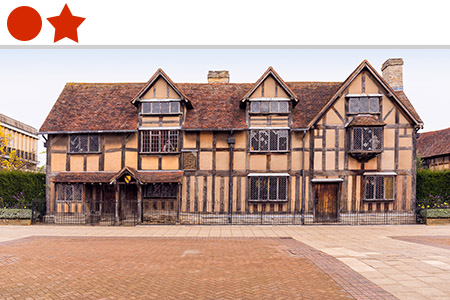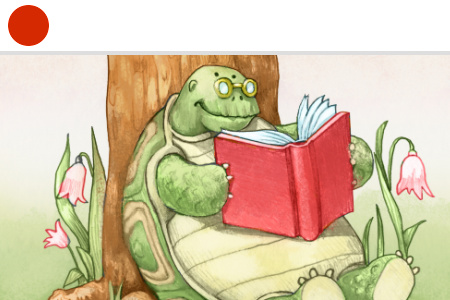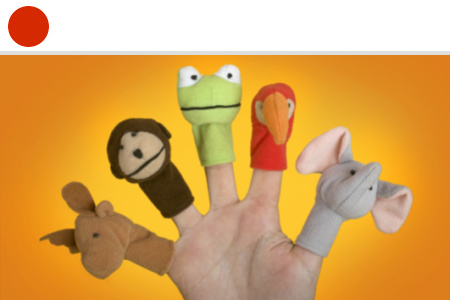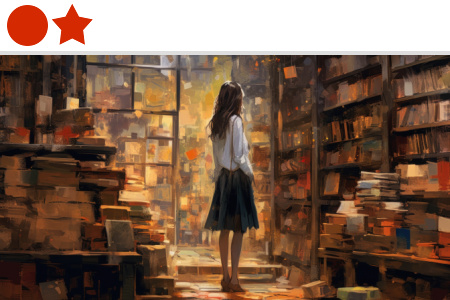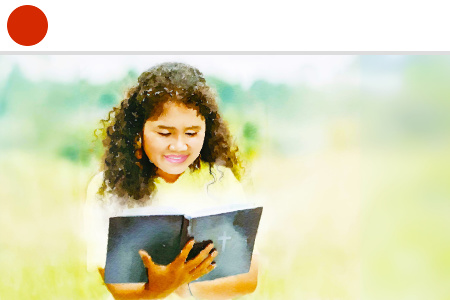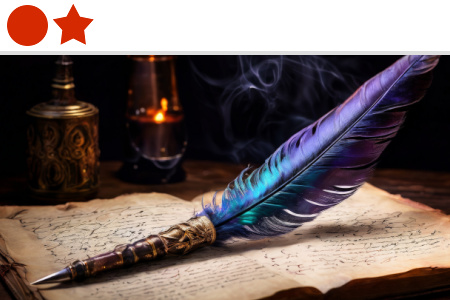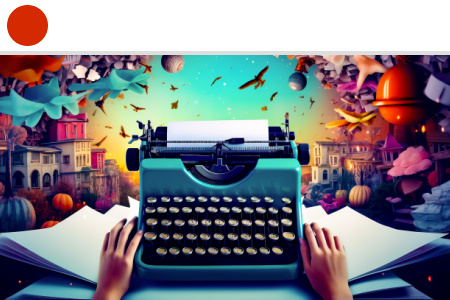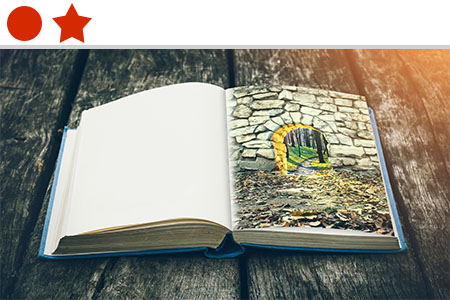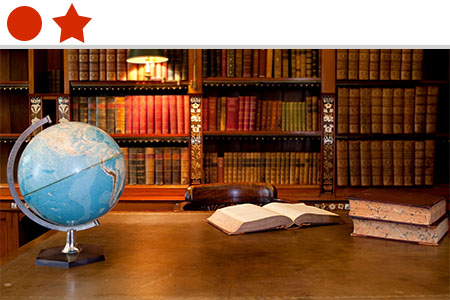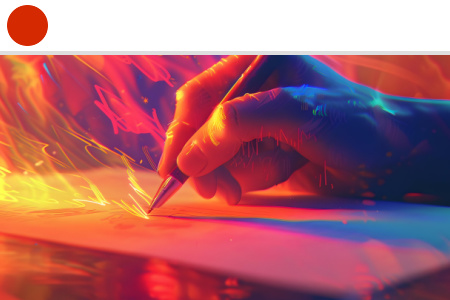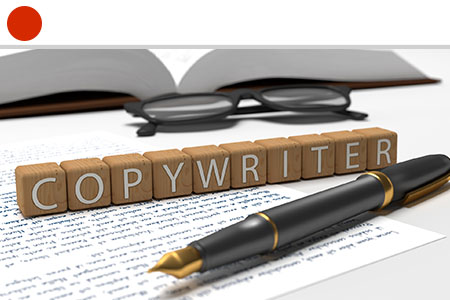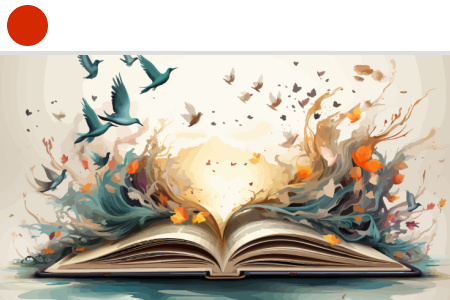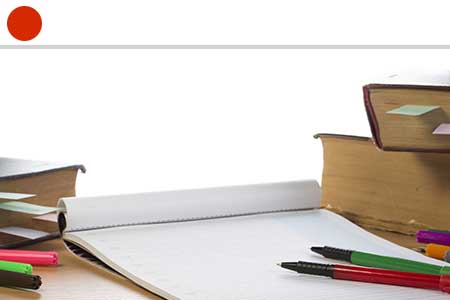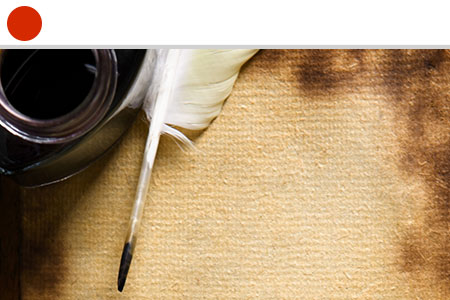Course Sample for Our Analyzing, Understanding, and Exploring Literature Homeschool Language Arts Curriculum
To view a full sample of this course, click here.
Analyzing, Understanding, and Exploring Literature
Jennifer Chandler
Unit One
Introduction
Welcome to Analyzing, Understanding, and Exploring Literature. Over the next thirty-six weeks, we will be diving into the world of language arts through reading, writing, and researching, ending with a presentation from the student. Language is important for many reasons. It can help you to become a better reader, writer, thinker, and speaker. Think about how God spoke the world and all creation into existence with His WORDS. The book of Genesis, chapter 1 (KJV), says, “In the beginning God created the heaven and the earth. And the earth was without form, and void; and darkness was upon the face of the deep. And the Spirit of God moved upon the face of the waters. And God said, ‘Let there be light: and there was light.’”
Course Syllabus (Objectives and Outcomes)
In this language arts/literature course, you will read a variety of short- and full-length fiction and nonfiction texts, becoming more independent in your ability to analyze themes and structure. Explaining an author’s purpose and using text-based details to support your analyses are skills you will develop in this course. You will learn how to define unfamiliar language and increase your vocabulary knowledge while gaining the skills necessary to become a more confident writer. You will also write an analytical essay. You will compare and contrast two author’s account of the same information using the Gospels. You will learn how to analyze the value and accuracy of primary and secondary sources about the same topic. Throughout this class, you will continue to sharpen your ability to analyze and evaluate works of literature through discussion and written critique. Take note of how the elements of a story interact, how the theme or central idea is developed through a text, and whether the author supports his or her claims with sound reasoning or evidence; this will help you to become a better thinker. At the culmination of this course, you will deliver a presentation, making appropriate eye contact and speaking at the appropriate volume.
The primary texts we will study are:
- The Adventures of Tom Sawyer, by Mark Twain
- The Story of My Life, by Helen Keller
Other selected works we will study are:
- “The Gift of the Magi,” by O. Henry
- “A Horseman in the Sky,” by Ambrose Bierce
- Selections from The Gospels of Matthew and Luke
- Selections from Poetry, American Tall Tales, and Fairy Tales
There will be links provided throughout the lessons and in both the Teacher and Student Guides for the reading texts online.


